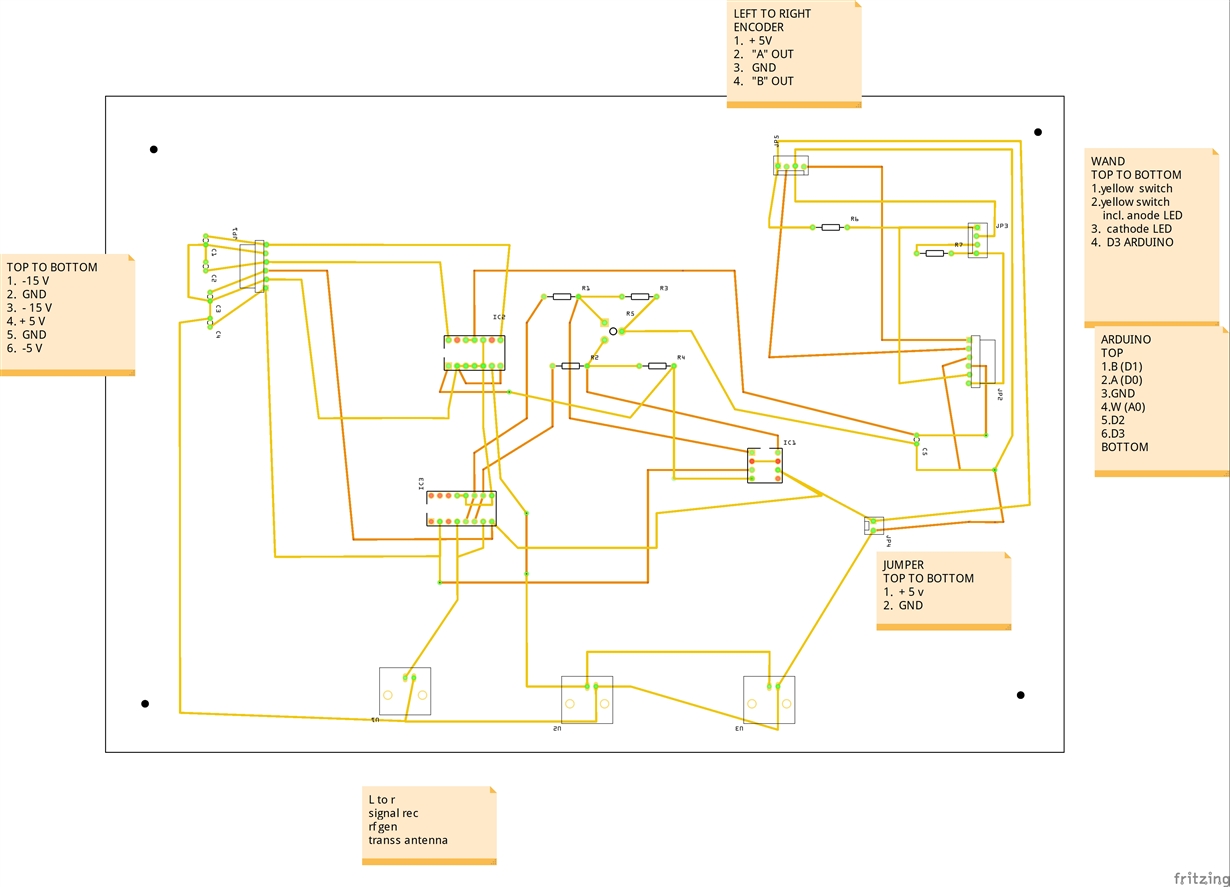Other Parts Discussed in Thread: TL592B, , TL592
Hi,
I am trying to build a lock-in amplifier. This amplifier needs to operate at 3.58MHz, sine wave. I use TL441 as the logarithmic amplifier, TL592B as the linear amplifier, then the reference signal and the test signal input into the multiplier AD734. Because the tested signal is too low, I have to use two levels of amplifiers. However, after passing through TL441, the AC component in the tested signal was lost. Can any TI Specialist or any friend in E2E community provide any advice on solving this issue? Or TL441 cannot be applied to this range of frequency.
Thank you in advance,
A TI user


